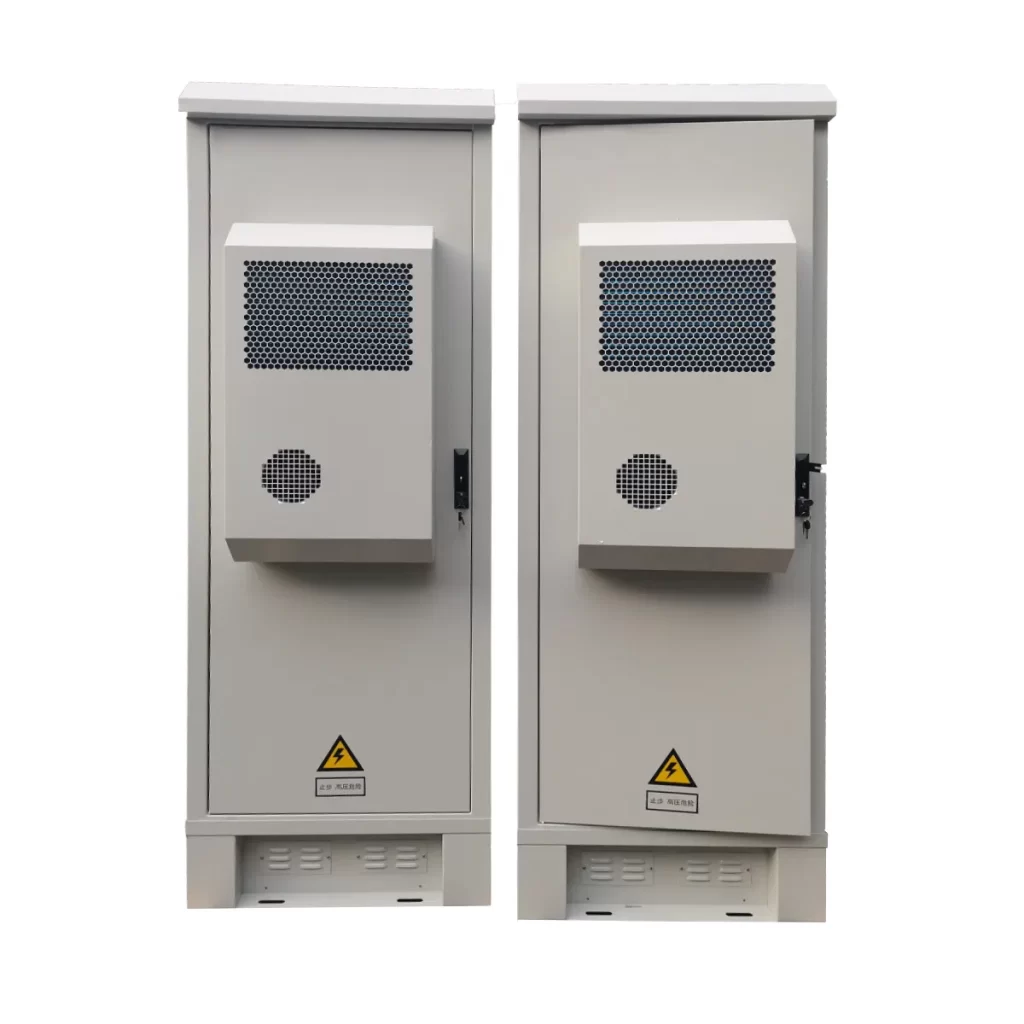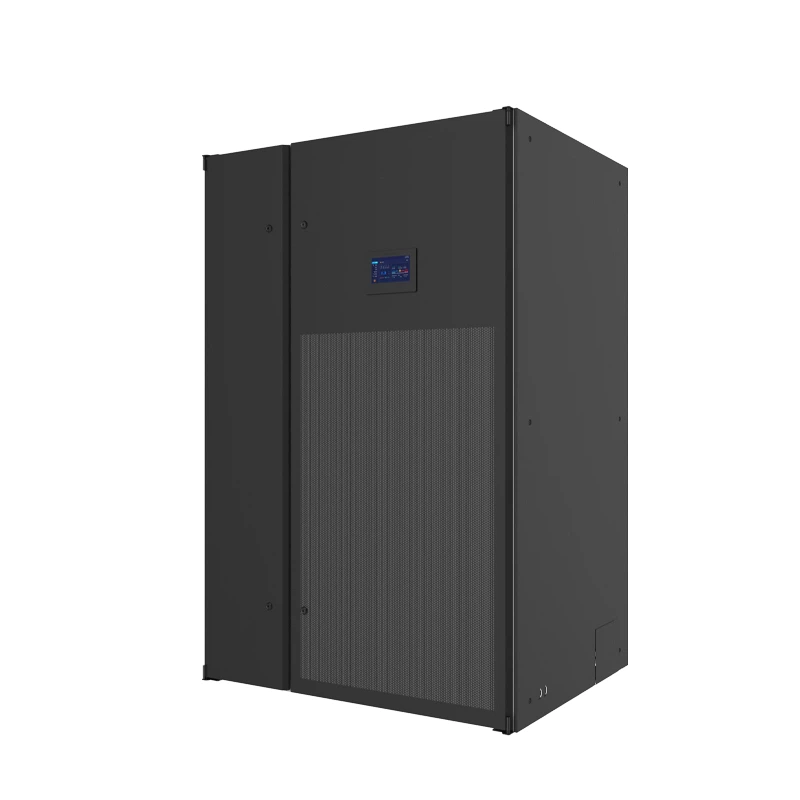5G Base Station Deployment: Solving the Outdoor Telecom Cabinet Cooling Cost Challenge
Release time: 2025-08-11
As the deployment of 5G base stations accelerates, millions of outdoor telecom cabinets are scattered across cities and rural areas. While bringing high-speed connectivity to people, the “temperature” management inside these cabinets, particularly the high energy consumption and maintenance costs of their cooling systems, has rapidly become a headache for operators and equipment manufacturers. Industry data shows that in some harsh environments, the cooling energy consumption of the cabinet can account for more than 40% of the overall operating costs of the base station. The gap between cooling and cost reduction seems like an insurmountable chasm.
For a long time, fan cooling has been the mainstream solution for outdoor cabinets. However, engineers are well aware of its limitations: open ventilation is like “opening a window,” allowing external heat waves, dust, and moisture to rush in. This not only increases the risk of oxidation and dust-related failures of internal precision electronic components but also leads to the dilemma of “blowing more heat” in hot weather. The fans work tirelessly but struggle to cope with the external temperature, increasing the risk of system outages, while the frequent need for filter replacements and internal cleaning further drives up maintenance costs.
In response to this industry pain point, outdoor cabinet air conditioners using compressor technology have gained significant attention. Unlike fans, which passively draw in air, these systems actively cool through refrigeration cycles, akin to installing an “independent cooling source” in the cabinet, precisely transferring internal heat to the external environment. The key lies in their fully sealed design, acting as a “protective shield” for the cabinet, effectively preventing dust, salt spray, and high-temperature air from entering.
So, how can this more reliable cooling solution become more economical to support large-scale 5G deployment? The core lies in precise cost management throughout the entire lifecycle:
Efficiency First: Evolution of Heat Exchange Design
Soeteck telecom cabinet air conditioners use high-efficiency spiral compressors and microchannel condensers, employing compressor cooling to maintain the internal temperature of the cabinet and transfer heat to the external environment. These systems are suitable for various environments and can operate in extreme temperatures up to 55°C.

Smart Throttling: On-demand Cooling, Rejecting Waste
Intelligent temperature control algorithms are at the heart of energy-saving efforts. The telecom cabinet air conditioning system can dynamically adjust compressor power and fan speed based on real-time internal heat loads (such as device power consumption and changes in ambient temperature). For example, at night or during cooler seasons, the system automatically enters a low-power cruising mode.
Turning Waste into Profit: Ingenious Winter Natural Cooling
In northern or temperate regions, when the external temperature drops below a preset value, an innovative double condenser cycle system automatically switches paths, using external cold air to directly cool the internal circulating medium, allowing the compressor to operate with near “zero power consumption.” This design turns the air conditioner into a high-efficiency “natural cooler” for several months during the low-temperature period.
Reliability Saves Money: Redundant Design and Maintenance-free Considerations
Increasing the protection level (IP55 or higher) of key components (such as compressors and controllers) and using corrosion-resistant materials significantly reduces failure rates. At the same time, structural designs are optimized, such as adopting easy-to-remove filters (if necessary) and self-cleaning condenser technology, minimizing on-site maintenance requirements and reducing the need for maintenance vehicles and labor costs.
The prosperity of 5G relies on the stable operation of outdoor telecom cabinet air conditioner. In the face of seemingly contradictory demands for cooling and cost reduction, adopting intelligent, efficient, and sealed compressor cooling solutions is not just an increase in costs, but a technological innovation that optimizes the total cost of ownership (TCO). When every kilowatt-hour is carefully calculated and every maintenance task is effectively minimized, the large-scale and sustainable operation of 5G base stations is truly supported by a solid physical foundation. This is not just about lowering costs; it’s a key empowerment for the vitality of 5G networks.

